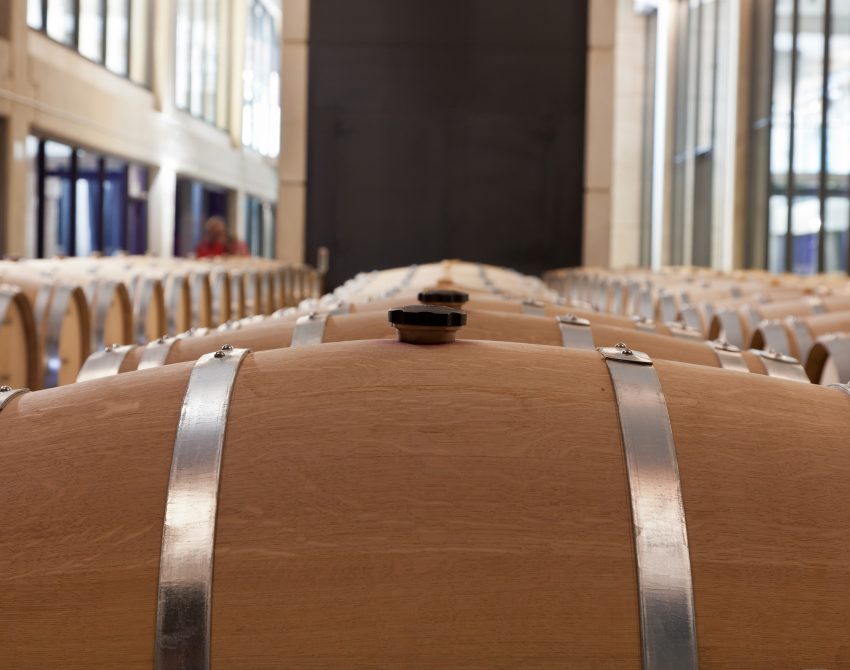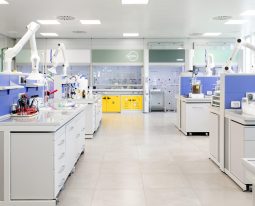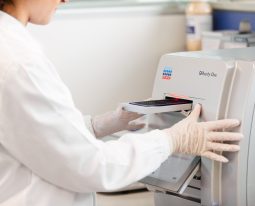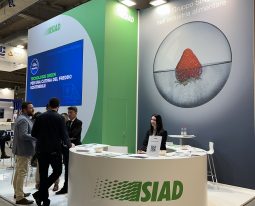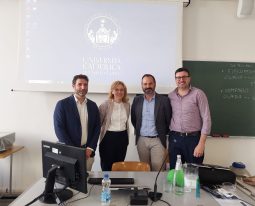New consumer trends include the demand for low-alcohol or dealcoholic products, as well as gentler, aromatic and olfactory impact wines that are easy to drink on all occasions.
Couple that list with the constant and ongoing push for qualitative improvement in wine characteristics sought by wineries, and you have the picture in which those in the wine industry find themselves operating.
Today, more than ever, they are called upon to respond in a timely and consistent manner to these challenges in order to seize the opportunitiets that the increasingly vibrant industry is offering.
The answer to all these stresses lies in innovation in production processes.
And it is in this context that the synergy was born between Diemme Enology and SIAD, engaged in a shared project aimed at optimizing in winemaking the performance of gases and cutting-edge technologies.
Shared expertise in the service of enology
The two companies have pooled their respective expertise and operational skills: Diemme Enologia, a company specializing in the design, production and marketing in Italy and worldwide of machines for the winemaking process, offers consolidated know-how in the field of plant engineering, while SIAD, a group operating in the production and distribution of the full range of gases, associates its extensive specific knowledge in the field of gases and related technologies with their use in the wine industry.
The collaboration is aimed at the development of innovative technologies and in the implementation of existing ones within the wine supply chain, exploiting the potential offered by technical gases.
The project, ongoing since April 2024, focuses especially on the first stage of the winemaking process: from the detachment of the bunch from the vine shoot to fermentation.
The value of technical gases and technologies
Throughout the supply chain, from the detachment of the cluster from the vine to the bottling of the wine, technical gases, such as nitrogen, CO2 and argon, are playing an important role through applications to manage temperature and protection from oxidation at the various stages of operation.
That is, it is possible to employ them by physical methods, reducing or eliminating the use of synthetic chemicals.
The result? A significant contribution to product quality improvement.
Examples include modified atmospheres to protect against oxidation and refrigeration of grapes and crushed grapes in the pre-fermentation stages.
This is demonstrated, for example, by the project “Use of technical gases for the production of rosé wines in a Mediterranean environment,” winner of the SIAD Oenology Prize 2024, made operational in the 2023 vintage. The team, composed of researchers from the University of Salento and the Crifo Winery in Ruvo di Puglia, compared the potential related to the use of CO2 and nitrogen for the in-press pellicular cryomaceration process in the rosé vinification of Bombino nero.
By chilling the crushed grapes using SIAD’s Kryos technology, with cryogenic gases introduced in the liquid phase so that even dissolved oxygen is rapidly removed, the advantages obtained were remarkable: starting from the point of view of sensory quality, offering a much broader and more appealing olfactory spectrum, meeting current consumer expectations.
Many other experiments have been conducted over the years and the results achieved: find out about all the projects, click here.
New potentials to be discovered through research
But the research does not stop, especially in the field of plant engineering: what gases have expressed so far is only a first part of the performance they can give, and the challenges posed by the market are for Diemme Enologia and SIAD a further stimulus to innovation, the development of new applications and the reinterpretation of traditional ones to help provide concrete and rapid answers.
In the immediate term, synergy will focus on the processing steps from the arrival of the grapes at the winery to fermentation.
The first steps in this area are the implementation of Kryos technology for deoxygenation and refrigeration of the crushed grapes, which will take the form of new equipment also prepared to operate with nitrogen as well as CO2, and the use of protective atmospheres at the grape receiving stage.
